
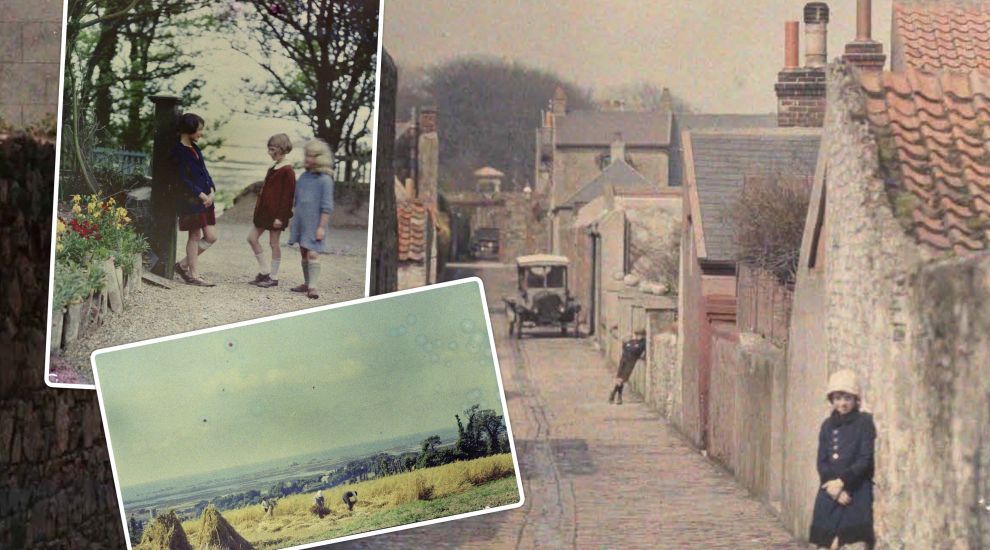

A series of photographs showing the birth of colour photography in Jersey has been revealed to the public for the first time.
‘Jersey in Colour: One hundred years on’ presents a selection of images - some of which snapped by a former Victoria aCollege student and amateur photographer - drawn from the early colour collection held by the Société Jersiaise at Jersey Museum's Link Gallery.
This is the first time that the majority of the collection is being shown together and open to the general public.
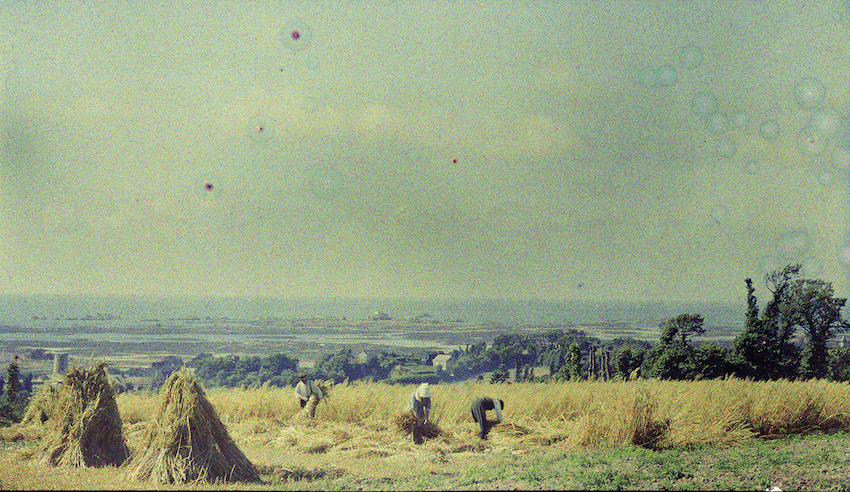
Pictured: An early photo of farming featured in the exhibition, which is open until 2 January.
Visitors are invited to discover what processes were used in the early 20th century, who was producing them and what they were photographing.
Colour photography was made accessible for the first time via a group of process known as ‘additive colour screens’ - the most notable of which being the Autochrome Lumière.
Patented by the Lumière brothers in 1903, the process used coloured screens of dyed microscopic potato starch grains to create a full colour reproduction.
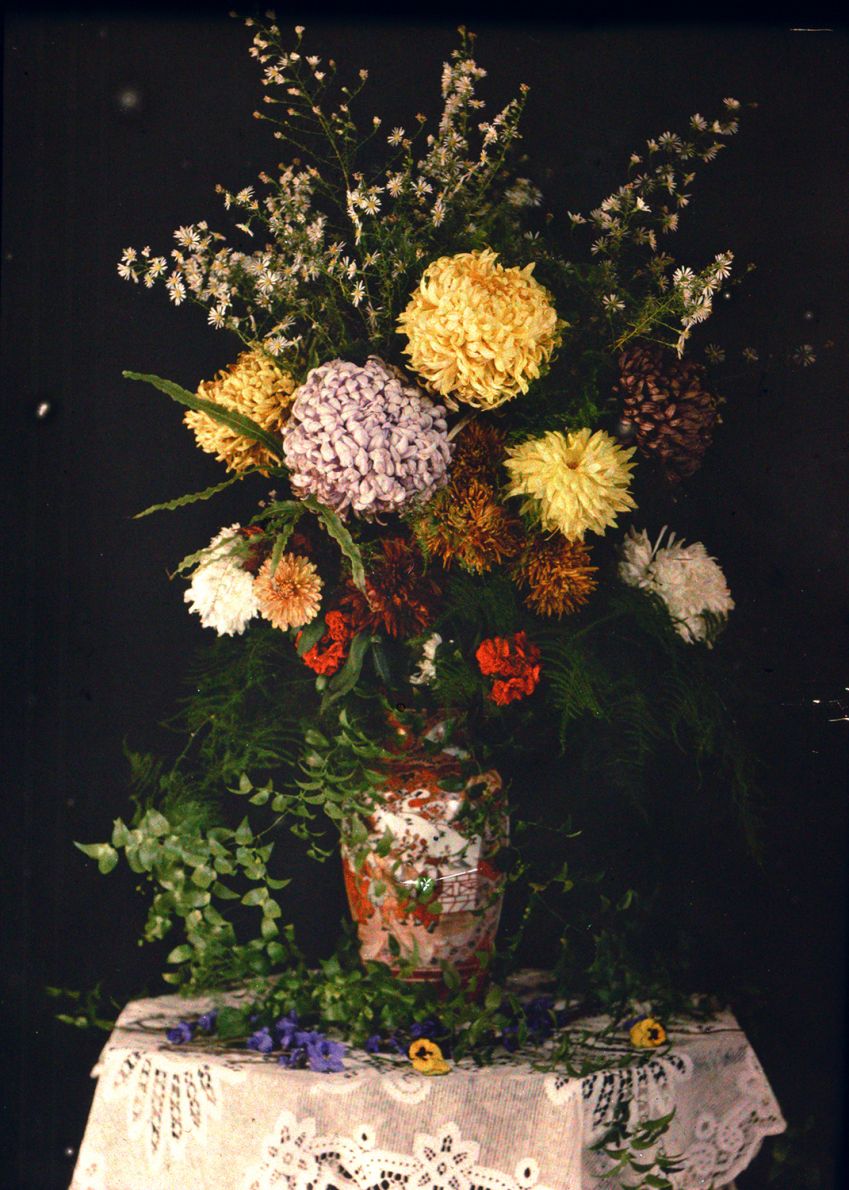
Pictured: Flowers captured on camera.
Due to the extreme light sensitivity of the original plate, it is not possible to exhibit them and digital reproductions have been used instead, allowing the photographs to be viewed at a larger scale.
The work displayed begins in the early 1900s and explores the “everyday beauty” of island life, quiet country scenes, children playing and gardens overflowing with flowers.
The exhibition includes what is believed to be the first colour photograph made in Jersey, a bouquet of flowers created using the Lumière Autochrome.
Also among the photographs being shown is one of the first colour photographs of Jersey’s built environment, a snap of Vallée des Vaux.
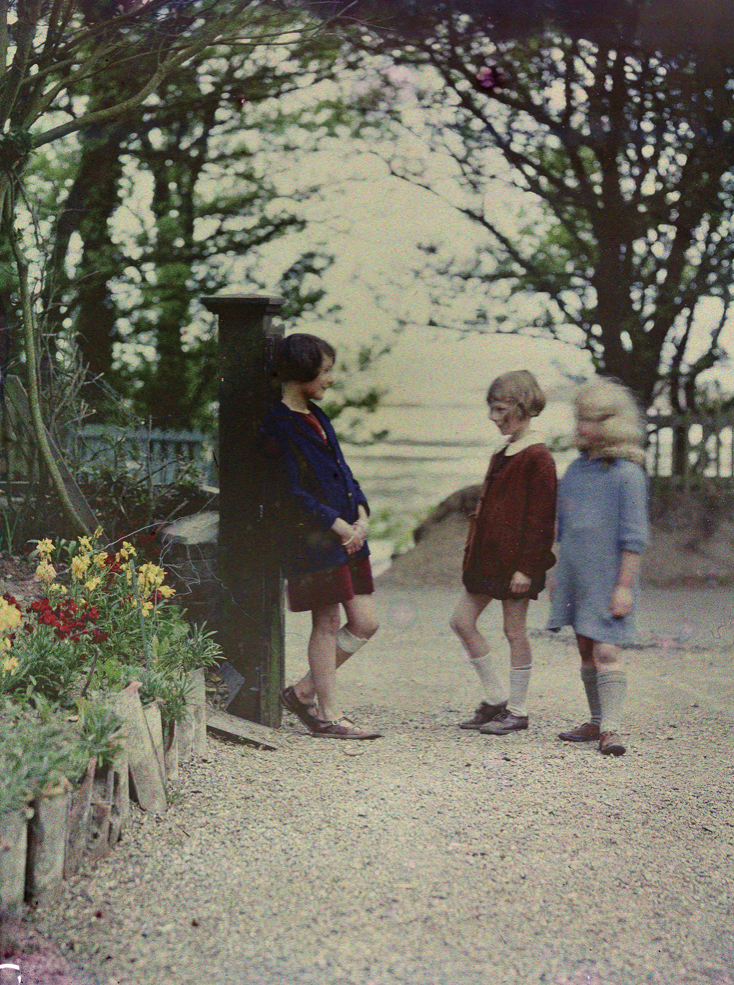
Pictured: Most of the images were captured by Emile Guiton, including those children in a park from 1911.
Most of the images were captured by Emile Guiton, described by Patrick Cahill, the Société’s Photo Archivisit, as an “absolute hero”.
Born in 1879, Emile went to Victoria College, before studying with a law firm in Bordeaux.
“He was an accomplished amateur photographer and began making images for the Société at the archaeological excavation at La Cotte de St Brelade in 1910,” Mr Cahill said. “He was a keen swimmer and prided himself on having swum into every cave on the north coast.”
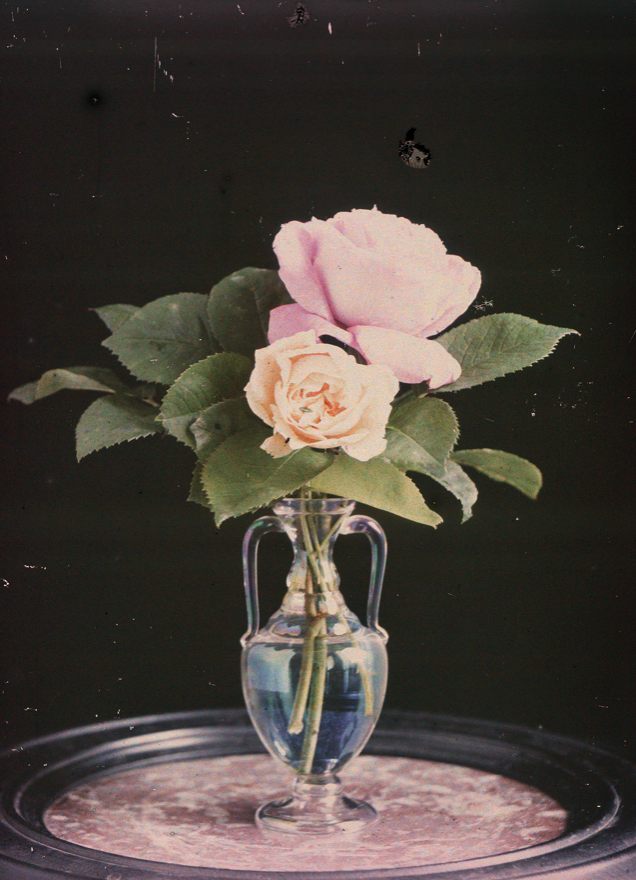
Pictured: Most of the photographs have been drawn from the early colour collection held by the Société Jersiaise.
Emile is in many ways the founder of the Société Jersiaise Photographic Archive, having taken on the responsibility of collecting and organising it from 1928. He then went on to work as Editor of the Société's Annual Bulletin and Curator of the Museum. He died in 1972.
This photographic exhibition is the first Mr Cahill has curated since joining the Société in April, and an exciting one hasn’t had "that much public attention”.
“It’s a wonderful opportunity to see photographs that you wouldn’t otherwise be able to see,” Mr Cahill said.
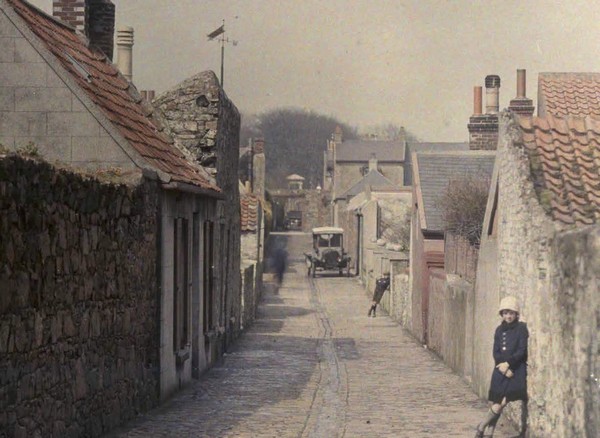
Pictured: Marett Road, circa 1911, by Emile Guiton.
“Colour photography works on us in a different way to black and white that were so used to seeing from this period. Colour photography allows us to place ourselves there because we accept their colour representation of the world as that of reality.”
Comments
Comments on this story express the views of the commentator only, not Bailiwick Publishing. We are unable to guarantee the accuracy of any of those comments.